Khaju Bridge, a magnificent 17th-century structure in Isfahan, stands as a testament to Iran’s architectural excellence. Built by Shah Abbas II around 1650, this bridge is renowned for its dual functionality as both a bridge and a dam, making it a vital part of the city’s infrastructure and cultural heritage.
The bridge features 23 arches and is adorned with intricate tilework and murals, reflecting the artistic brilliance of the Safavid era. It served as a venue for public meetings and entertainment, with a central pavilion where the Shah could watch festivities and admire the view. Today, it remains a popular gathering place for locals and tourists alike.
Khaju Bridge’s unique design allows it to control the flow of the Zayandeh River, providing irrigation for the surrounding gardens and farmland. This dual functionality showcases the ingenuity of its engineers, who combined practicality with aesthetic appeal.
While not individually recognized as a UNESCO World Heritage Site, Khaju Bridge contributes significantly to Isfahan’s historic landscape, which includes several UNESCO-listed sites. Its cultural and historical importance enhances the city’s reputation as a center of Persian art and architecture.
A visit to Khaju Bridge offers a captivating experience, inviting visitors to stroll along its length, admire its beautiful decorations, and enjoy the lively atmosphere. The bridge is especially enchanting at night when illuminated, creating a magical setting along the Zayandeh River.


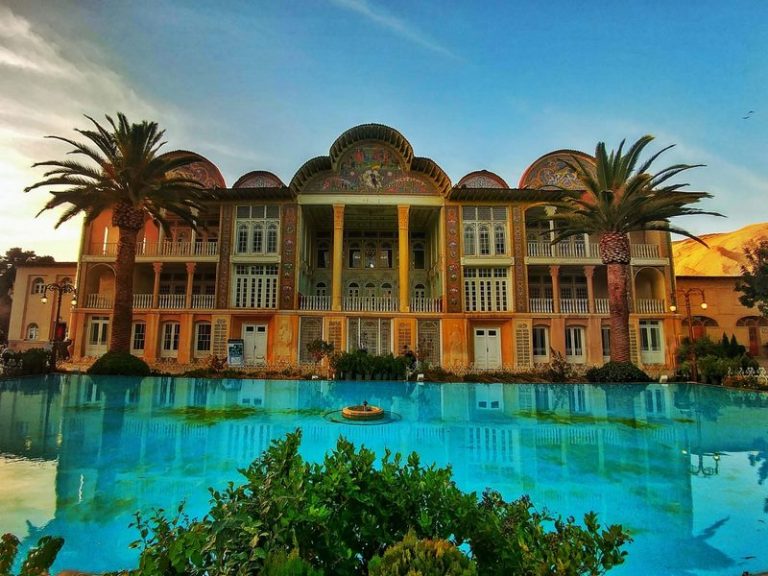
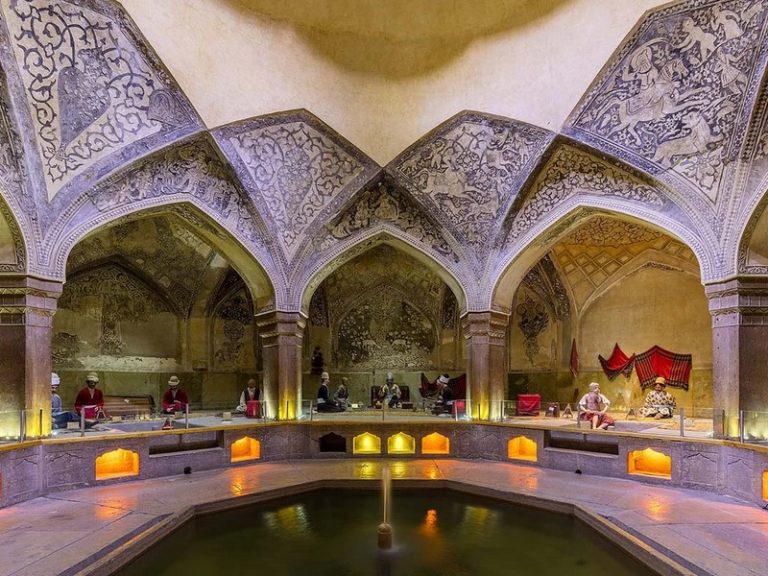
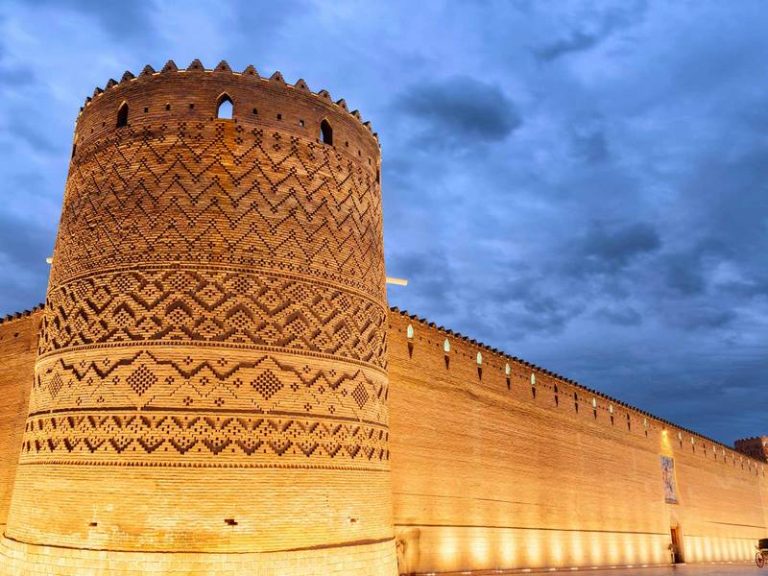
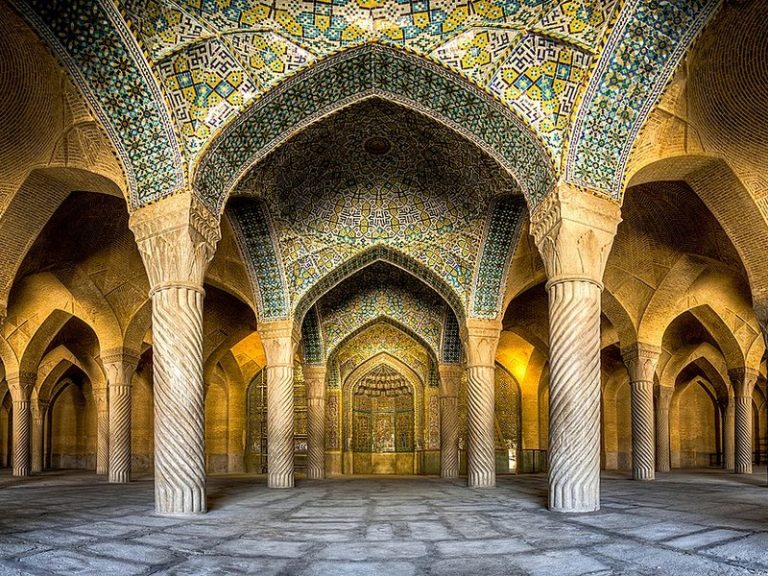
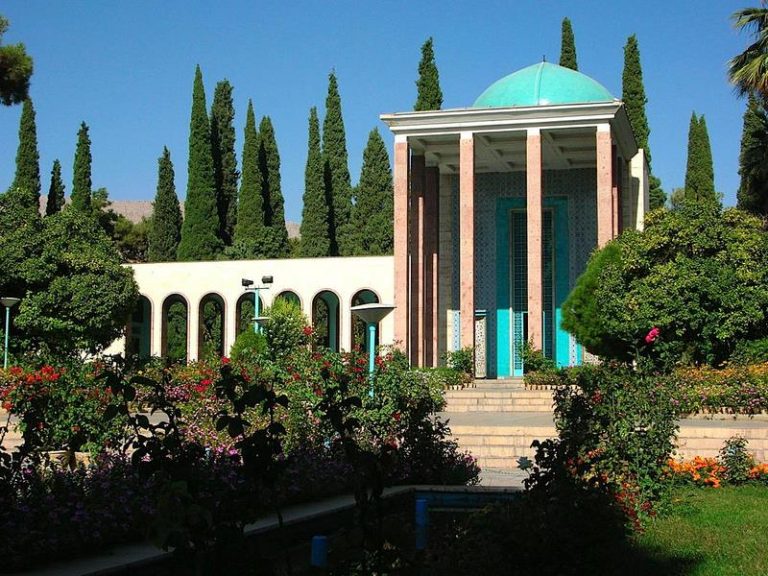
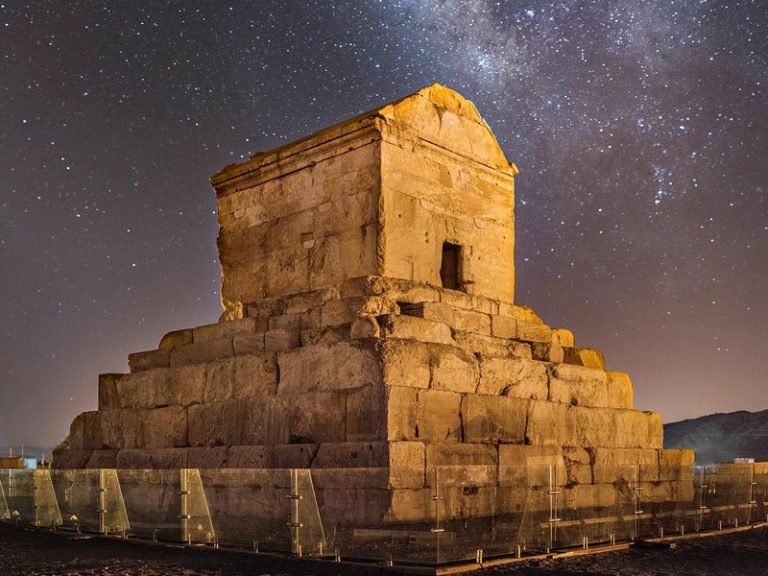
0 Comment